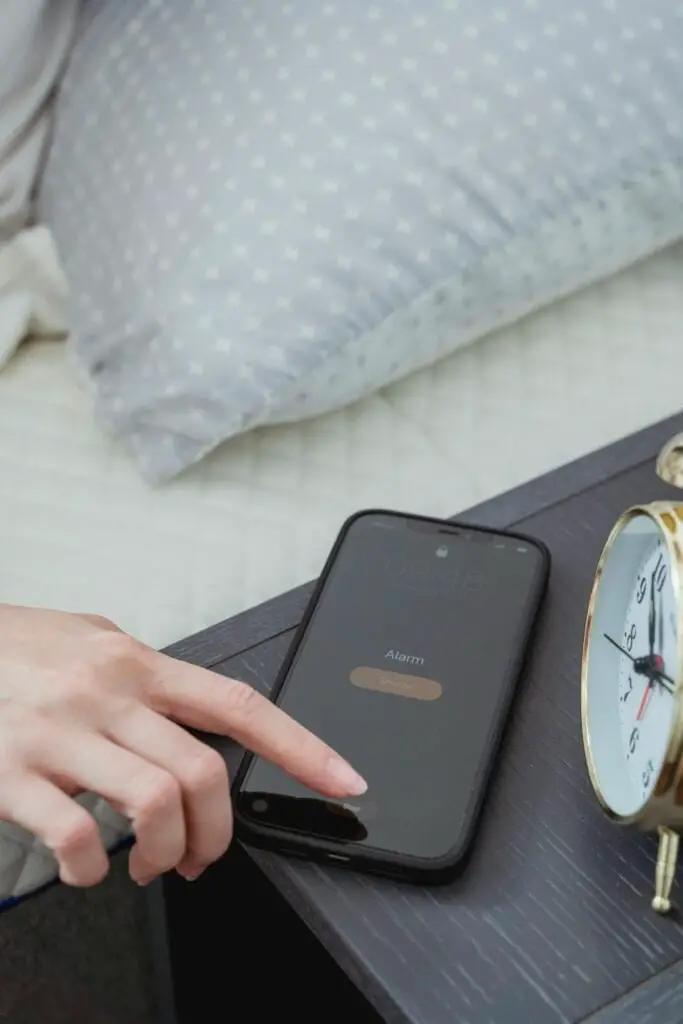1. Make a To-Do List

Before there were apps for everything, people just wrote things down. And guess what? It still works! Writing a to-do list on paper gives you a clear visual of what needs to be done and the satisfaction of physically crossing things off. It’s simple, but incredibly effective.
2. Prioritize the Big Stuff First

This old-school trick is known as the “big rocks” method—tackle the most important tasks first. Instead of getting bogged down by little things, focus on the high-priority tasks that will have the biggest impact. Apps might distract you with every little notification, but this tip keeps you laser-focused.
3. Use a Paper Planner

There’s something about physically writing in a planner that makes you feel more organized. A paper planner lets you see your day, week, or month at a glance without the distraction of your phone. Plus, it’s harder to ignore a task when it’s written down in front of you.
4. Set Time Limits for Tasks

Back in the day, people set timers or used good old-fashioned clocks to limit how much time they spent on tasks. You don’t need a fancy app—just decide how long you’ll work on something and stick to it. This builds discipline and keeps you from getting stuck in a never-ending task spiral.
5. Take Regular Breaks

Before digital burnout was even a thing, people knew the value of taking breaks. The Pomodoro method, for example, encourages working for 25 minutes and then taking a 5-minute break. It’s a great way to stay fresh, and no app can beat the clarity you get from stepping away for a moment.
6. Plan Your Day the Night Before

Old-school pros always prepped the night before. Before you go to bed, take a few minutes to plan out the next day. This simple habit helps you hit the ground running in the morning instead of wasting time figuring out what to do first.
7. Limit Distractions the Old-Fashioned Way

Before apps promised to help you focus, people simply minimized distractions. Turn off the TV, close the door, and put your phone in another room. You don’t need an app to help you focus if you’ve already eliminated the things that pull your attention away.
8. Use the Two-Minute Rule

This old-school trick is genius: if a task will take less than two minutes, do it now. Don’t let small tasks pile up. Whether it’s responding to an email or putting away dishes, knocking out quick tasks right away prevents them from snowballing later.
9. Batch Similar Tasks Together

Instead of switching between different types of tasks all day, group similar ones together. For example, set aside time to answer emails all at once, or run all your errands in one trip. Batching saves time and keeps you in a focused state of mind without constantly switching gears.
10. Wake Up Early

Rising early has been a time management staple for centuries. The quiet morning hours are perfect for getting ahead, whether it’s working out, answering emails, or tackling your to-do list. Apps can remind you of deadlines, but they can’t give you the peace and clarity that comes from an early start.
11. Use “No” as a Productivity Tool

Learning to say “no” is an essential part of time management. In the past, people knew they couldn’t do everything, and saying “no” helped them focus on their priorities. Don’t overcommit—know your limits, and say “no” when you need to protect your time.
12. Track Your Time

Before time-tracking apps, people used simple methods like writing down how they spent their time to see where it went. Tracking your time manually can help you identify time-wasters and areas for improvement, making it easier to manage your day more effectively.
13. Take Notes by Hand

Handwritten notes aren’t just for school—they’re a great time management tool. Writing things down by hand helps improve memory and focus, ensuring you don’t forget important details and stay on top of your tasks.
14. Finish What You Start

Old-school wisdom says to complete one task before starting another. In today’s multitasking culture, it’s easy to leave a trail of half-done projects. Focus on finishing each task before moving on to the next, and you’ll feel more accomplished and less overwhelmed.
These old-school time management tips are simple but timeless—and they might just be better than any app out there. Which one will you try to boost your productivity?


